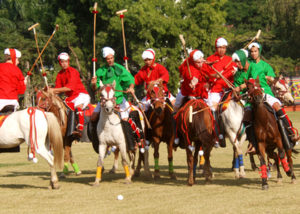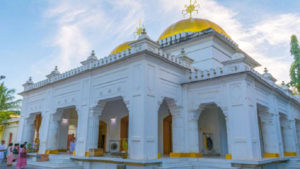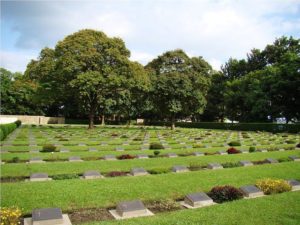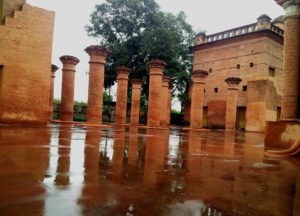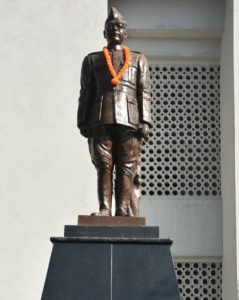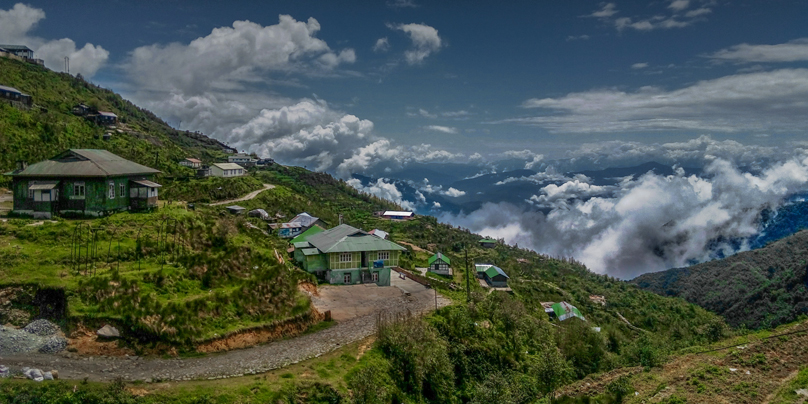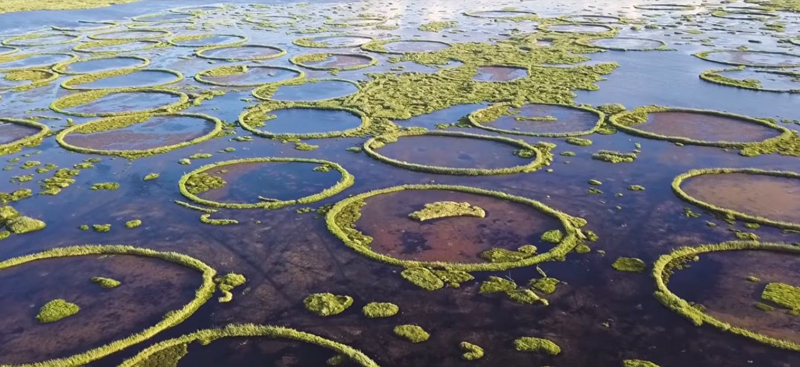Imphal, the capital of the beautiful state of North East India – Manipur, is one of the most ancient towns in the Indian subcontinent and has much to offer to a discerning tourist. Situated 786 m above sea level, Imphal is known for its scenic landscapes, historical palaces and war cemeteries, vibrant customs and traditions which invites the tourists of all walks to come and relish.
The name Imphal derives from ‘Yumphal’, which means ‘land of many villages’ and its topography comprises hills, valleys, forests and rivers like Iril, Sekmai, Thoubal and Khuga.
- Sagol Kangjei
It is the birth place of the modern game of polo which is known as Sagol Kangjei in local language. The Imphal Polo Ground is the oldest polo ground in the world. The Martial arts of Thang-ta and Huyen lallong originated from Imphal and watching performances is fascinating.
Places of Interests:
- Ima Market Imphal
Ima Keithal or Ima Market: Located in the heart of Imphal, this sprawling 500-year-old market has long been an important trading place as well as an exchange hub of Socio-Political ideas in Manipur. Ima Keithal can be mistaken for any other bustling bazaar in India with its vibrant array of textiles, spices, fresh fruits and vegetables, but it has one distinct difference – the 5000 women traders exclusively manning its stalls and thus becomes a great symbol of gender justice in India.
- Shree Shree Govindajee Temple
Shree Shree Govindajee Temple:This symbolic temple in Imphal adjoining the palace of the former rulers of Manipur, is a historic centre for Vaishnavite culture. It is a simple and beautiful structure with gold domes, a paved court and a large, raised congregation hall. The main deity of the Temple is The presiding deity in the centre is flanked by idols of Radha Govinda, Balaram and Krishna on one side and Jagannath, Balabhadra and Subhadra on the other.
- Loktak Lake
Loktak Lake and Sendra Island: Located 48 kms from Imphal this beautiful lake is resemble like a miniature inland sea. The government had built a Tourist Bungalow for the comfort of the tourists. From the nearby Sendra island, visitors can get a bird’s eye view of this huge and beautiful stretch of water and the life on it, the fisherman and their families who live in neat huts on its shores and anticipating their watery environment by casting their nets on it, harvesting it for the water chestnut known as Heikak, and even building their houses on the islands of floating weed that dart around the lake.
- Imphal War Cemetery
The Imphal War Cemetery: The Imphal War Cemetery is located in Imphal, in a small locality of Deulahland 10 kilometres (6.2 mi) away from the Imphal International Airport, in Manipur, in Northeast India. The cemetery has 1,600 Commonwealth burials of the Second World War and is maintained by the Commonwealth War Graves Commission.
Manipur was the scene of the Second World War in the spring of 1944. After the defeat in Burma, the British army divisions had retreated to Imphal in India as it was the easiest route from Burma. For the Japanese army the control over Imphal, in the “bloody plains” was very expensive in terms of casualties as nearly 50,000 of their soldiers died here. This battle has been termed as the “Normandy of the east”. The battle ended on 22 June 1944. It is reported that during this War, the number of dead in the Kohima and Imphal sectors in India, put together, was 65,000 Japanese troops and 18,000 British and Indian soldiers. Earl Louis Mountbatten described the battle fought at Imphal and Kohima as “probably one of the greatest battles in history”.
Initially, the cemetery had 950 burials of war dead. Following the end of the Second World War, the burials in two other smaller cemeteries in Imphal and in other isolated locations were also shifted to this cemetery taking the total war burials at the cemetery to 1,600. The memorial has markers with brass plaques with the name of each of the fallen.
The war dead commemorated are from many commonwealth countries, such as 1300 from the United Kingdom, 10 from Canada, 5 from Australia, 220 from India, 40 from East Africa, 10 from West Africa and 10 from Burma.
- Kangla Fort
Kangla Fort: The Kangla Fort is one of the most important historical and archaeological sites in Manipur. A long line of Manipuri kings, starting from the mythical God-king Nongda Lairen Pakhangba in 33 A. D. to Maharaj Kulachandra in 1891 A. D. ruled Manipur from Kangla.
Consequent to the defeat of the Manipuris in the Anglo-Manipur War of 1891, The Kangla Fort was occupied by the British imperialist forces for more than a century. After independence the Assam Rifles occupied it until 2004.
In recent years the entire area of the Kangla, including the outer moat and Kekrupat, measuring 236.84 acres was declared as a protected area by the Government of Manipur in 1992 under the provision of “The Manipur Ancient and Historical Monument and Archaeological Sites and Remains Act 1976”. The area as a whole is generally referred as the Kangla Fort.
- INA Museum Moirang
INA Museum: The Indian National Army (INA) War Museum in the INA Memorial Complex in Moirang is the only official museum dedicated to the Second World War in Manipur today. Its focus is primarily on the rise of the INA and on the role and activities of Netaji Subhash Chandra Bose in particular. Relics of war from across Manipur dating back to 1944, including arms and ammunition, bayonets, helmets and bottles, among others, are also displayed here.




